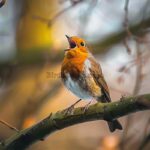Aerial Predators: Birds of Prey
Birds of prey are the aerial assassins of the parrot world.
These hunters are always on the lookout.
Parrots must be wary when they’re in the open sky.
Birds of prey use speed, strength, and sharp talons to catch their meal.
Hawks: The Daytime Hunters
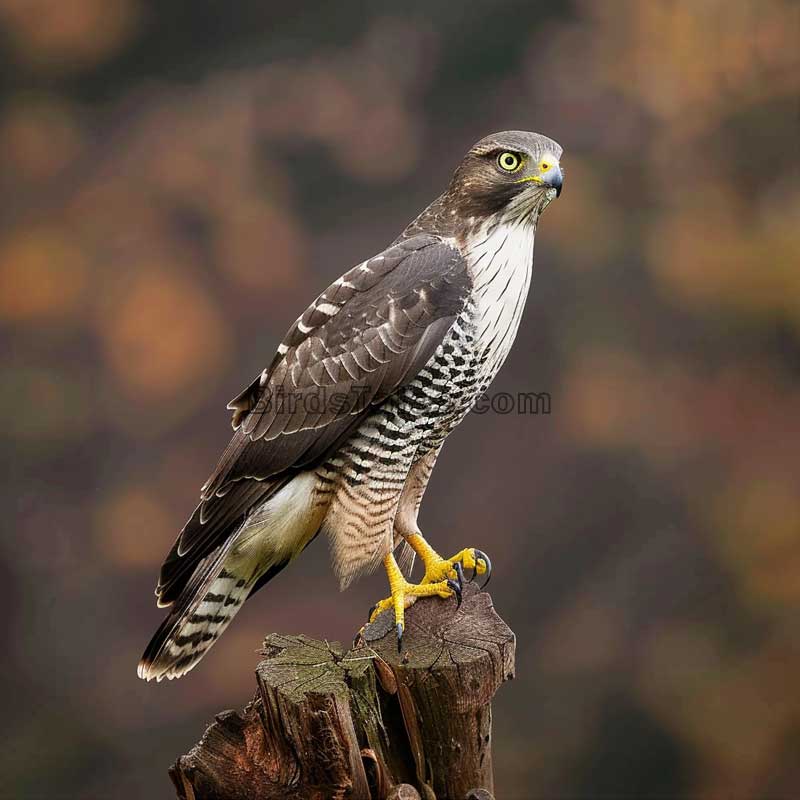
Hawks are masters of the sky during the day.
With their sharp eyesight, they can spot a parrot from miles away.
Red-tailed Hawks, for example, are known for their hunting prowess.
They soar high, circling, looking for a chance to swoop down.
Parrots must stay on guard.
When a hawk sees a parrot perched on a branch, it’s like a buffet table is set.
Hawks don’t waste time.
They dive fast, using gravity to gain speed.
A parrot’s best defense is to stay hidden or fly in zigzags.
It’s a game of cat and mouse, except it’s bird versus bird.
Sometimes, flocks of parrots work together.
They squawk loudly, warning each other of the approaching danger.
It’s like an early warning system, but only sometimes effective.
Owls: Nighttime Predators
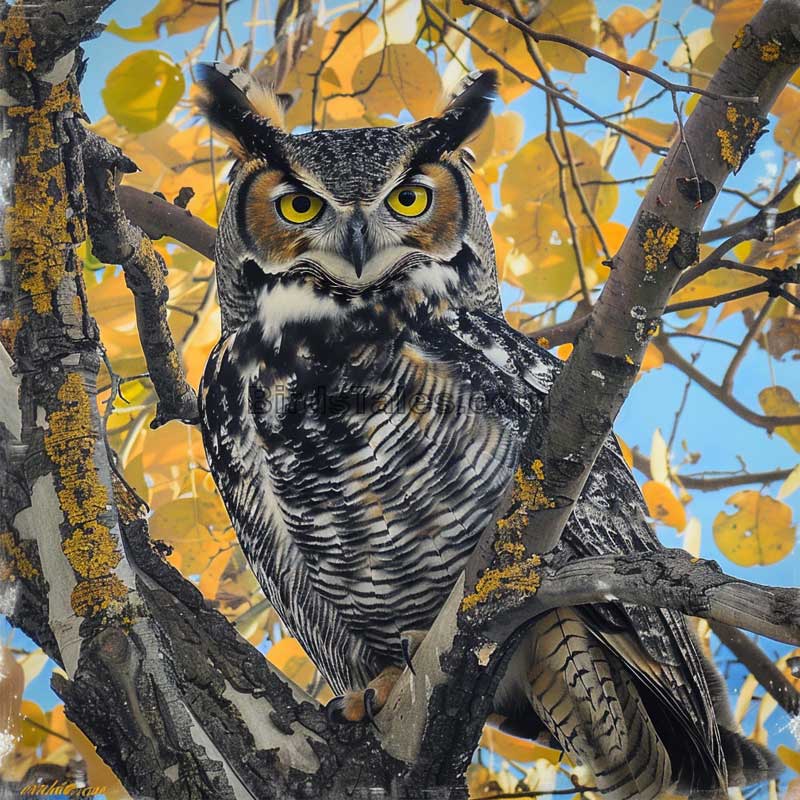
When the sun sets, the threat isn’t over.
Owls take over the night shift.
Their silent wings make them stealthy hunters.
Barn Owls, with their heart-shaped faces, are iconic.
They listen for the slightest rustle of feathers.
Parrots roosting in trees are their prime targets.
Owls rely on their exceptional hearing.
Even in total darkness, they can pinpoint a parrot’s location.
A parrot roosting in an exposed area is like a sitting duck.
Owls swoop in, talons ready, and snatch the unsuspecting bird.
The only saving grace for parrots is their instinct to sleep in dense foliage, away from prying eyes.
But owls are patient.
They wait, knowing that eventually, a parrot might move or make a sound.
It’s a high-stakes game of hide and seek.
Parrots use their beaks and claws if caught, trying to fend off the owl.
However, the owl’s strength usually wins.
Nighttime is fraught with danger for these colorful birds.
Eagles: Powerful Aerial Threats
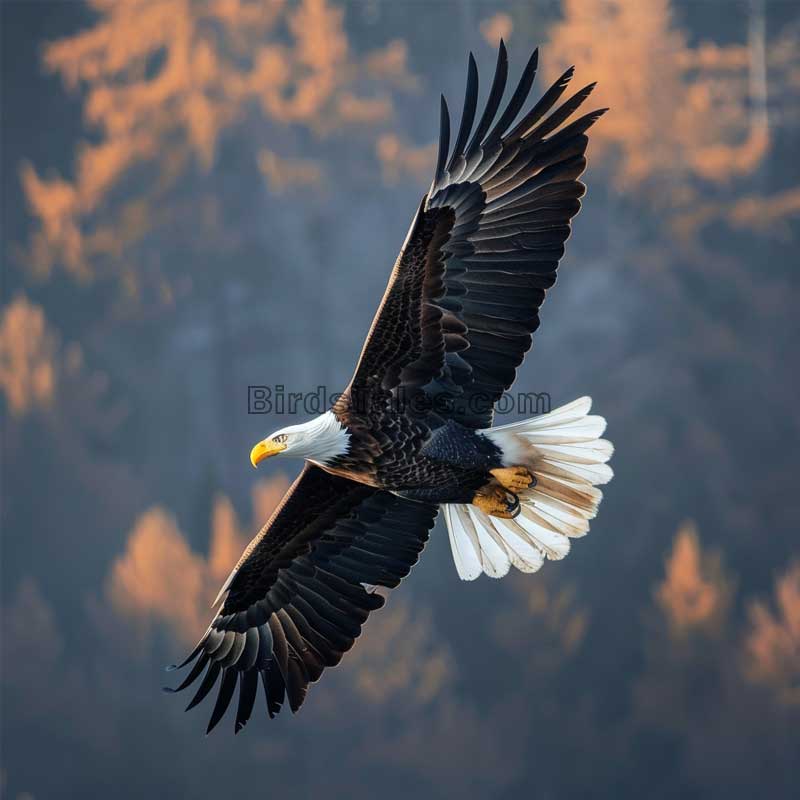
Eagles are the heavyweights of the bird world.
Their strength and sharp talons make them formidable predators.
The Harpy Eagle, in particular, is a parrot’s nightmare.
Found in rainforests, these eagles hunt from above.
They wait patiently, perched high up, watching for movement below.
Eagles have incredible vision.
They can see a parrot from far away, even through thick leaves.
When an eagle spots a parrot, it dives with immense power.
Parrots must react quickly.
Their best bet is to stay in the cover of the canopy.
But even that isn’t always enough.
Eagles are persistent and will tear through branches to get their prey.
The size of an eagle is intimidating.
Imagine a parrot trying to fend off a bird many times its size.
Parrots sometimes team up.
They squawk and fly erratically, trying to confuse the eagle.
But often, the eagle’s sheer power is too much.
It’s a brutal reminder of the food chain in the wild.
Land-Based Threats: Mammals and Reptiles
While parrots must watch the skies, threats also come from the ground.
Mammals and reptiles pose significant dangers.
These predators often target nests, eggs, and chicks.
Parrots must be ever-vigilant.
Snakes: Stealthy Egg Thieves
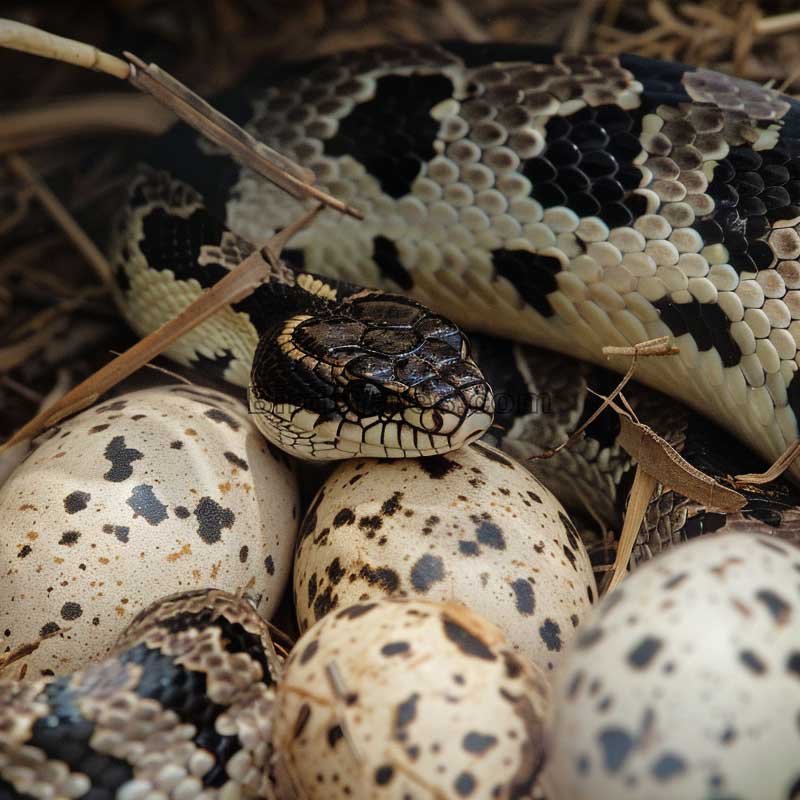
Snakes are silent and sneaky.
They slither into nests unnoticed.
Large constrictors like pythons and boas are particularly dangerous.
These snakes climb trees with ease, slipping into nests to steal eggs or young chicks.
The parrot’s strong beak and claws are of little use against these silent invaders.
Parrots must choose nesting sites carefully.
Dense foliage can help hide their nests.
But even this is not foolproof.
Snakes use their keen sense of smell to locate nests.
Once they find one, it’s usually game over for the eggs or chicks inside.
Parrots may try to defend their nests, but a large snake is a formidable opponent.
Even on the ground, parrots must stay alert.
While feeding, a parrot could become a snake’s next meal.
The forest floor is full of hiding spots for these reptiles.
It’s a dangerous world, where one wrong move could mean the end.
Mammalian Predators: Diverse Threats
Mammals bring their own set of challenges.
From monkeys to ocelots, these predators are crafty.
Monkeys are notorious nest raiders.
They climb trees swiftly, searching for eggs and chicks.
Their nimble fingers make it easy to steal from parrot nests.
Ocelots, with their keen hunting skills, are another threat.
These wild cats are quiet and quick.
They can catch parrots off guard, especially when the birds are feeding on the ground.
Even large bats can be a problem, preying on young parrots under cover of darkness.
The variety of mammalian threats means parrots must always be on guard.
Different predators require different strategies.
In some areas, sugar gliders have become a problem, introduced by humans.
They raid nests just like rats, adding another layer of danger for these colorful birds.
Human-Induced Threats: The Role of Invasive Species
Humans have changed the landscape for many animals, parrots included.
By introducing new species, we’ve created new threats.
Invasive species like rats and mongoose can devastate local parrot populations.
Rats: Ubiquitous Nest Raiders
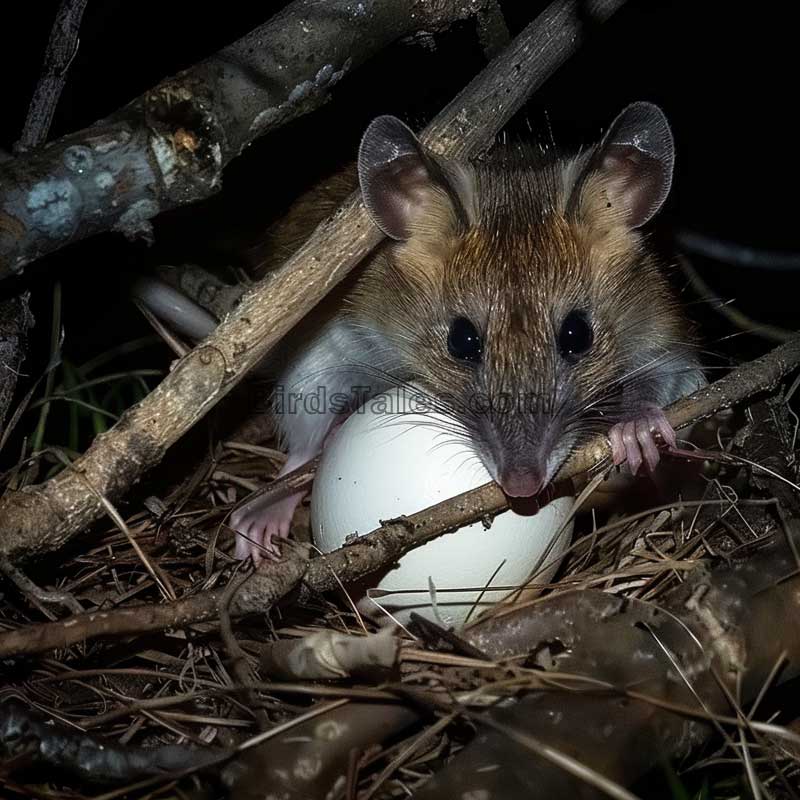
Rats are everywhere humans go.
They adapt quickly and breed rapidly.
Rats attack parrot nests, eating eggs and young birds.
They are relentless and can climb trees to reach nests high up.
For parrots, this means constant vigilance.
In places like urban areas, rats thrive.
Parrots that live near humans are especially at risk.
Even in more remote areas, rats can be a problem.
Their ability to spread and reproduce quickly makes them a formidable foe.
Protecting nests from rats is a significant challenge.
Mongoose: Imported Predators
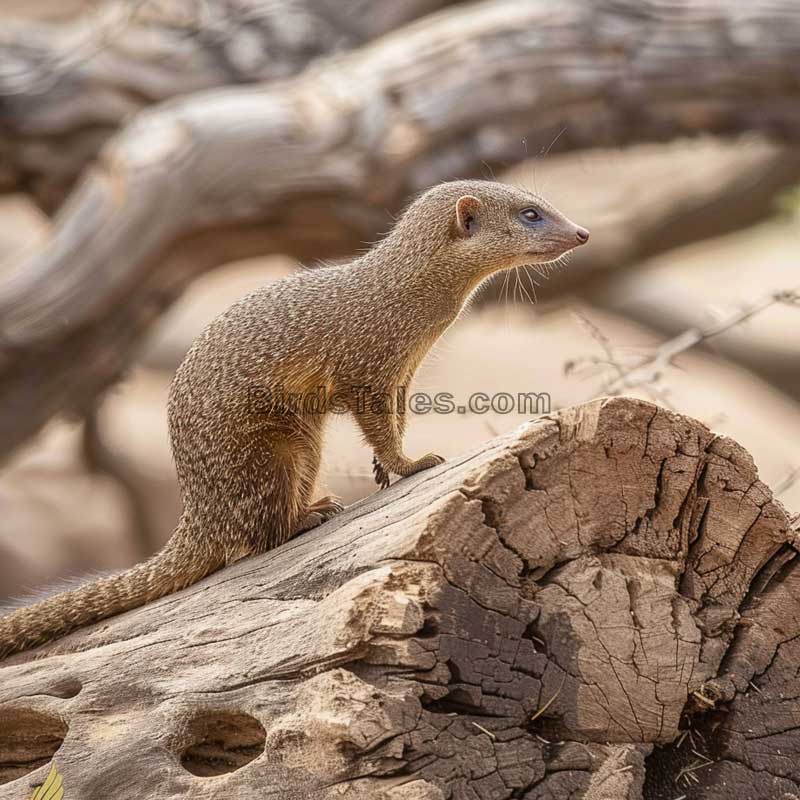
Mongooses were introduced to control pests.
Instead, they became pests themselves.
Mongooses are aggressive and effective predators.
They raid nests, eating eggs and chicks.
In places like Hawaii, mongooses have had a severe impact on local parrot populations.
Mongooses are particularly problematic because they are not native to many of the places they inhabit.
This means local birds, like parrots, are not adapted to dealing with them.
The introduction of these predators has upset the natural balance, creating new threats for parrots to navigate.
Defensive Mechanisms of Parrots
Parrots have developed various ways to stay safe.
Their survival depends on these strategies.
Flocking together is one key tactic.
Safety in numbers helps detect and fend off predators.
Parrots are social birds, and their loud calls can warn the entire flock of danger.
Camouflage is another defense.
Parrots’ colorful plumage blends with the vibrant foliage of their habitats.
This makes it harder for predators to spot them.
When a threat approaches, parrots stay still, hoping to go unnoticed.
Parrots also use their strong beaks and claws for defense.
In a pinch, these can be formidable weapons.
However, their best strategy is usually to flee.
Taking to the air at the first sign of danger is often the safest bet.
Loud squawks alert the flock, and all take flight, leaving the predator empty-handed.
Conclusion
Parrots face many threats from predators in the wild.
Birds of prey, snakes, mammals, and even human-introduced species all pose dangers.
Understanding these threats helps in protecting these vibrant birds.
For parrots to thrive, we must protect their habitats and manage human impact on their environments.
| Predator Type | Example Predators | Threats to Parrots |
|---|---|---|
| Birds of Prey | Hawks, Owls, Eagles | Hunting in flight or while perched |
| Reptiles | Pythons, Constrictors | Stealing eggs and young from nests |
| Mammals | Monkeys, Ocelots, Bats | Raiding nests, catching young birds |
| Invasive Species | Rats, Mongoose | Nest raiding, aggressive predation |


